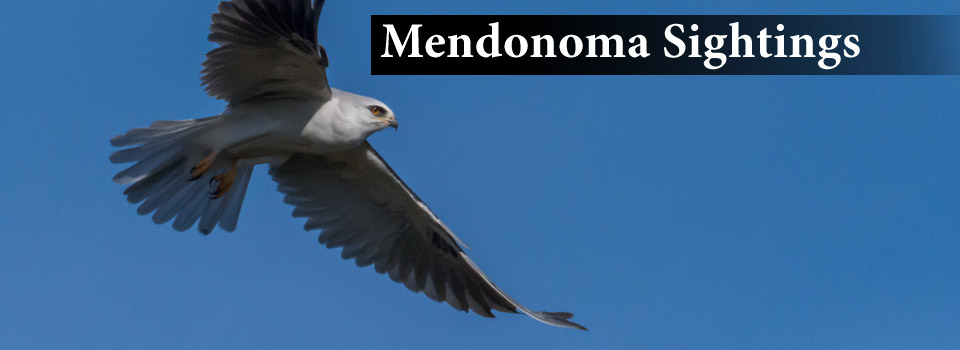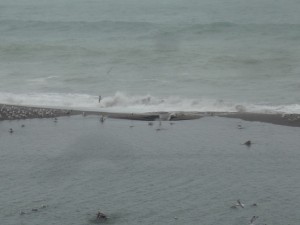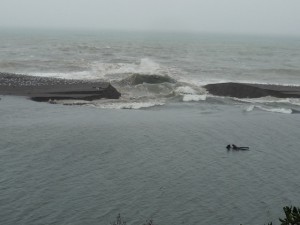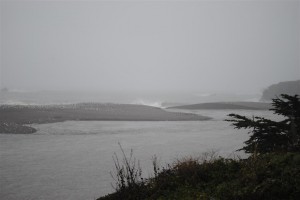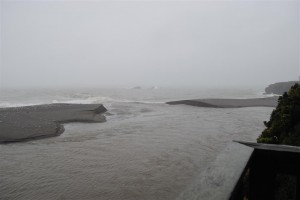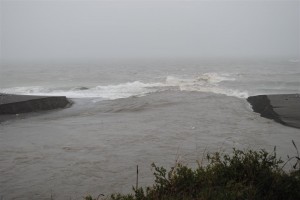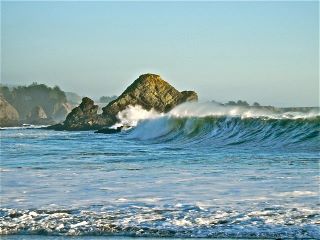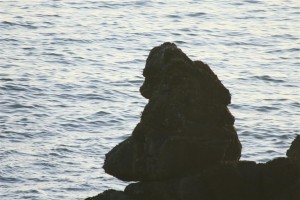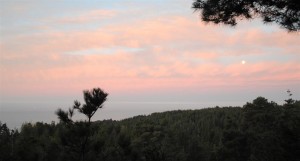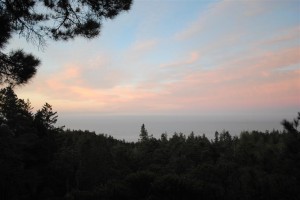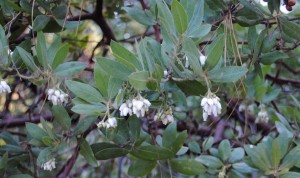Irene had her video camera in hand when the Gualala River opened up on Jan. 20th. The river had been closed for months. As you watch her video you will see a large tree shoot through the new opening. It was an amazing spectacle to see the river meet the Pacific Ocean.
http://leidnerpics.shutterfly.com/pictures/9
Bob Rutemoeller photographed the moment when the river finally spilled over the big sandbar. The photo below was taken at 10:24 am.
And the photo below was taken at 11:09 am.
Thanks to Bob for allowing me to share his photos with you here.
To see my photos of that day, here's the link on this site: http://www.mendonomasightings.com/2012/01/20/the-gualala-river-finally-opened-late-this-morning-and-it-was-an-awesome-sight/
